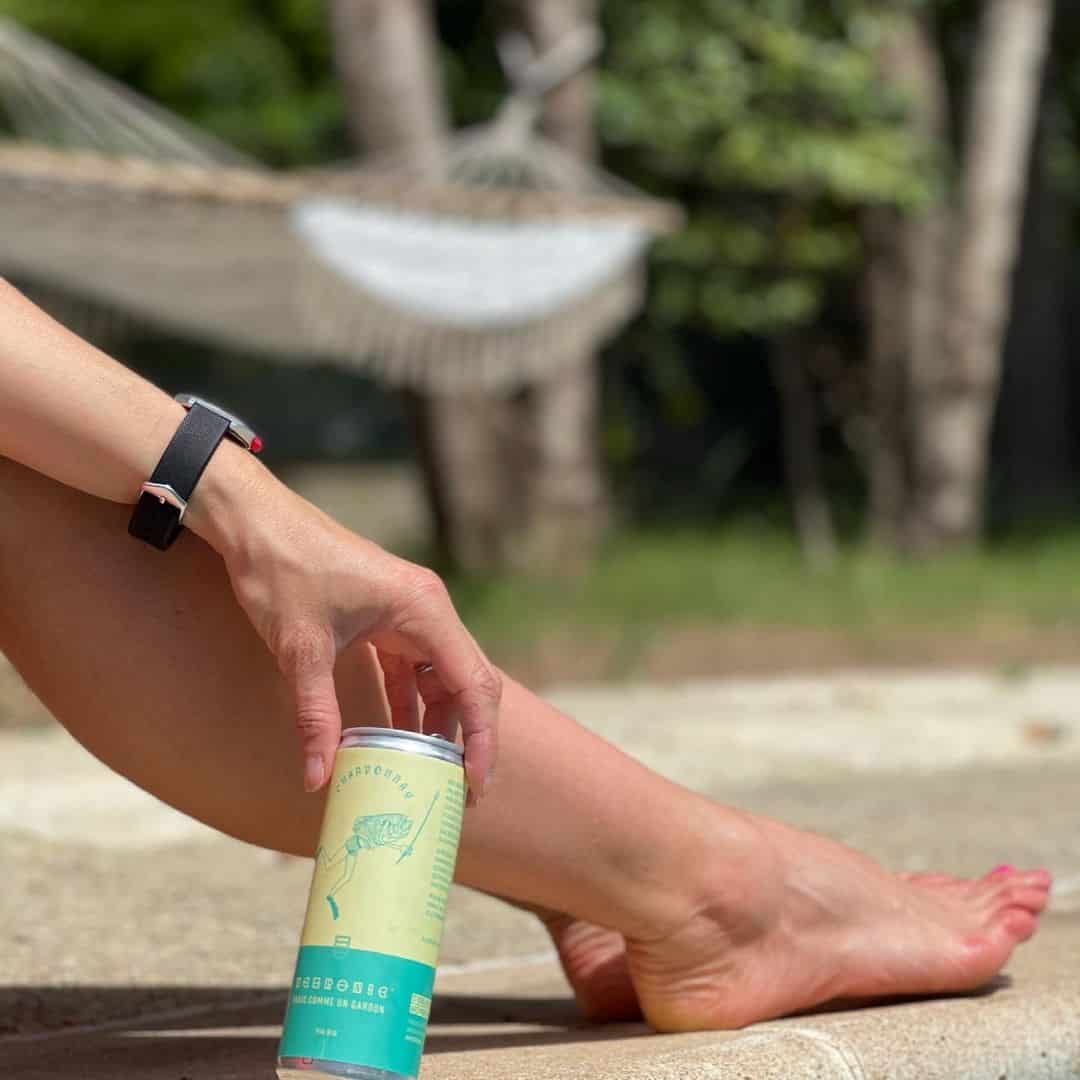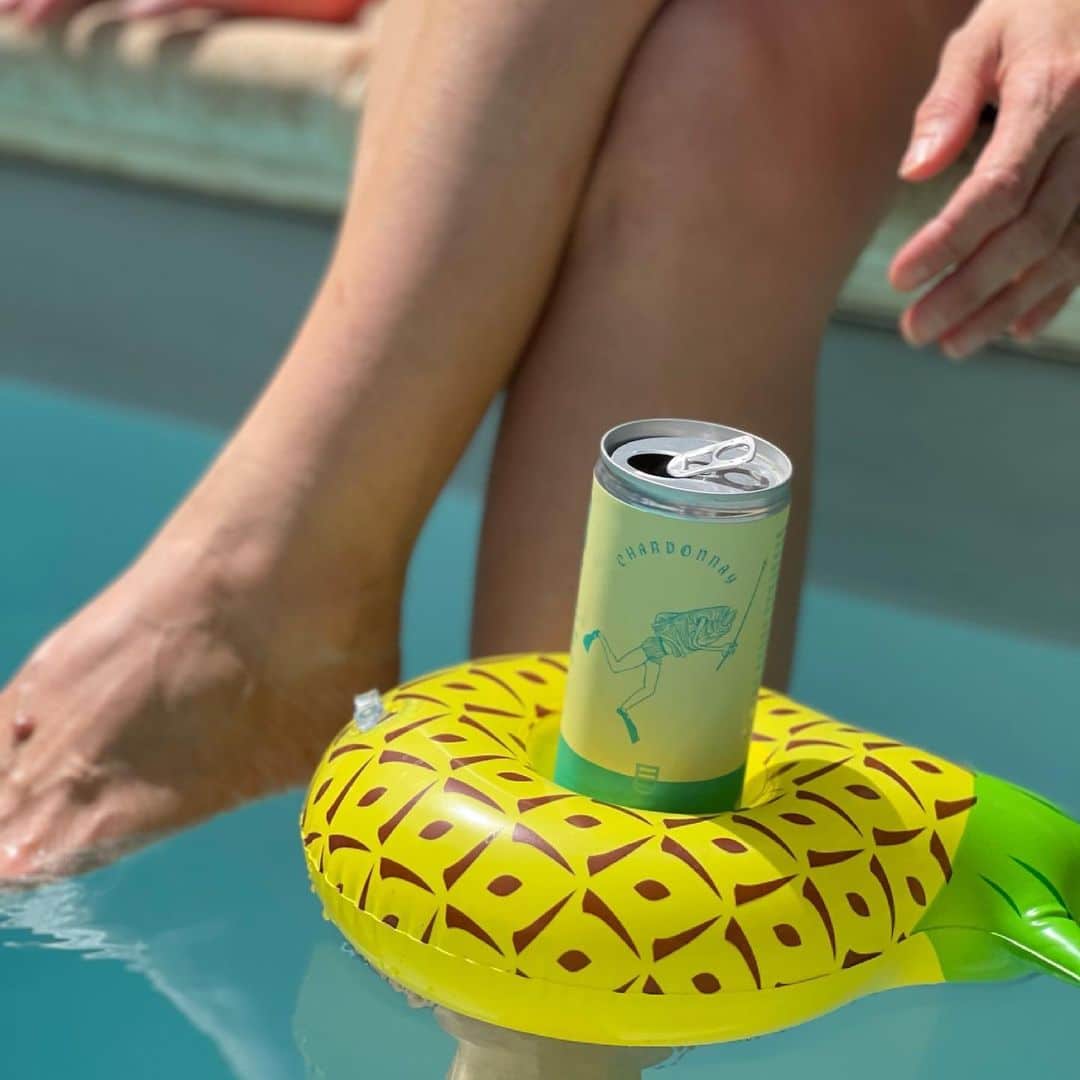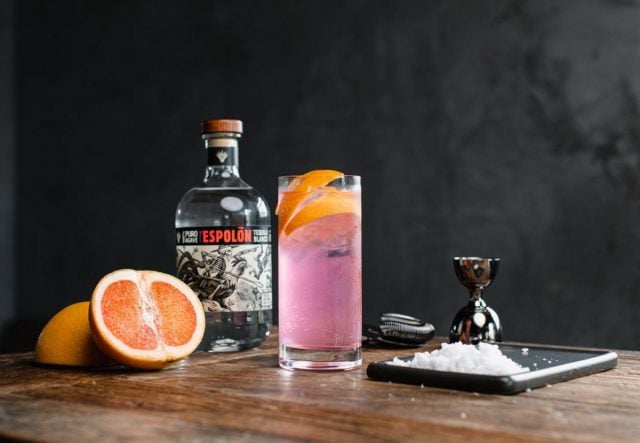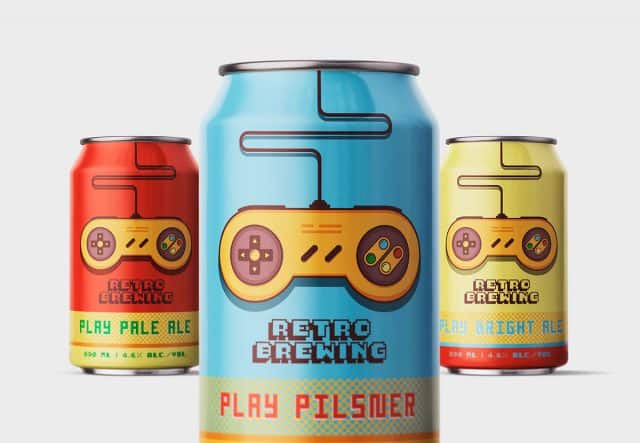Post-covid trend: total consumption of alcoholic beverages on the rise in the United States
Stimulated by demand from consumers flavor, convenience and better-for-you options, key alcoholic beverage segments were accelerated by increased opportunities for home consumption in 2020 in the United States.
According to recent studies by the’IWSR, In 2020, the total volume of alcoholic beverages in the United States rose by +2.0 %, marking the strongest increase in alcohol consumption in the country since 2002! Thus, a more moderate rate of growth is forecast over the next five years, with a return to normal. (Finally)
«One of the key drivers of alcoholic beverage consumption in the US is taste,» says Brand Rand, COO at IWSR US. «Flavored subcategories - from the beer to the vodka through to American whisky - perform significantly better than traditional unflavored sub-categories. Flavor is also the main driver of consumption in the Ready-to-drink category (RTD), which is growing fast.»

U.S. spirits market records strongest volume growth since 1990
In 2020, the U.S. market recorded the strongest volume growth in the spirits since 1990, with value also rising. Within the category, agave-based spirits grew by +15.9% in volume in 2020, overtaking rum to become the third-largest spirits category in the US, behind vodka and whisky. Cognac/Armagnac was also a big winner last year, and both categories are set to continue their growth path over the next five years.
The whisky category posted mixed results in 2020, as customs duties had a negative impact on single malt Scotch (-6.1 % in volume), while bar and restaurant closures dragged Irish whisky down. Overall, total whisky volumes rose by +4.9%, driven by Japanese, Indian and American whiskies (in that order). Growth in the whisky category is outstripping that of vodka, however, with total whiskies set to overtake total vodkas in consumption volume by 2022.
Alcohol-free and low-alcohol spirits are stimulated by spirits alternatives alcohol-free and spirits-related products, but focusing on mood-enhancing properties such as adaptogens. Although the trend is weak, the non-alcoholic spirits should end 2021 with an increase of 31.4 % in the United States.
One of the key drivers of alcoholic beverage consumption in the United States is taste. Flavored sub-categories perform significantly better than traditional unflavored sub-categories.
Brand Rand, COO at IWSR US.
Wine resonates with consumers during periods of confinement
Total wine in the US grew slightly by +0.7 % in volume and +1.5 % in value in 2020, reversing the volume declines seen in 2019. Still and sparkling wine volumes both increased, but the still wines are expected to return to more moderate declines, as soft drinks and spirits experience faster growth. Despite a lacklustre 2020, sparkling wines managed to post growth. Prosecco, for example (especially the rosé expressions), has offset declines in Champagne consumption.
This is good news for low-alcohol wines, which more than doubled in 2020 in the USA. Major brands have entered the category in a big way, offering lower-calorie, lower-sugar alternatives with reasonable alcohol levels. Indeed, this is a direct response to the pressure exerted by the soft drinks category. Imported wine volumes increased more than U.S. domestic wine volumes from markets such as Chile, Italy and New Zealand, which had no tariffs in place.

Soft drinks set to become the second-largest alcoholic beverage category in the U.S.
The biggest increases in alcohol consumption in the U.S. last year were in the soft drinks category (which includes the popular sub-category of hard seltzers), making soft drinks larger by volume than all spirits in the US, and by the end of 2021 larger than all wine.
Soft drinks grew by 62.3 % in volume in 2020, led by hard seltzers which grew by 130 %. Hard seltzers account for over 55% of the total RTD category in the US, followed by flavoured alcoholic beverages and ready-to-drink cocktails/long drinks.
«Although the cocktail/long drinks subcategory is still comparatively small in volume, the segment grew +52.7 % in 2020, with growth in the cocktails in cans being stimulated by closures in establishments and the pivot of establishments to takeaway drinks, as well as by greater consumption at home and outdoor socialization,» notes Rand.
IWSR has seen an increase in higher-priced spirit-based alcoholic beverage launches due to taxes in the US, but volumes remain low compared to the traditional malt-based segment. However, several US states are considering legislation to reduce tax breaks on spirit-based soft drinks.
Soft drinks show no signs of slowing down, so much so that IWSR forecasts this category to account for 22 % of total US alcoholic beverage volume by 2025.
Growth in canned cocktails has been stimulated by the closure of establishments and the pivot to take-away drinks, as well as by greater consumption at home and outdoor socializing.
Brand Rand, COO at IWSR US.

Non-alcoholic and low-alcohol beer, a boon for the beer category
Beers continued their annual volume decline with a loss of 2.8 % in the US in 2020, as volume gains from imported beers were not sufficient to offset volume losses from domestic beers. Nevertheless, imported beer increased its market share in 2020. The alcohol-free and low-alcohol beers were a positive point for the category, which should continue to grow. In addition, flavored beer grew by +10.4 % in the United States in 2020, thanks to cheladas and radlers.
According to a press release of IWSR.


